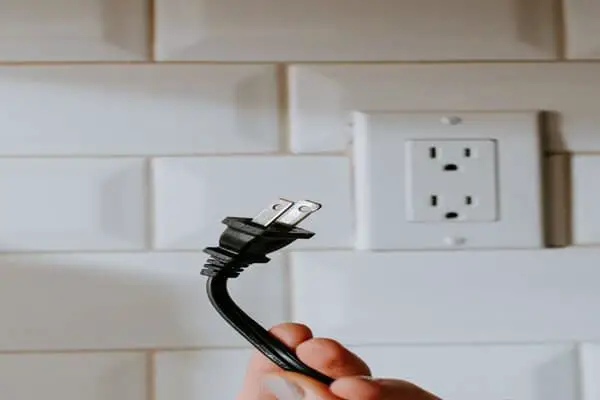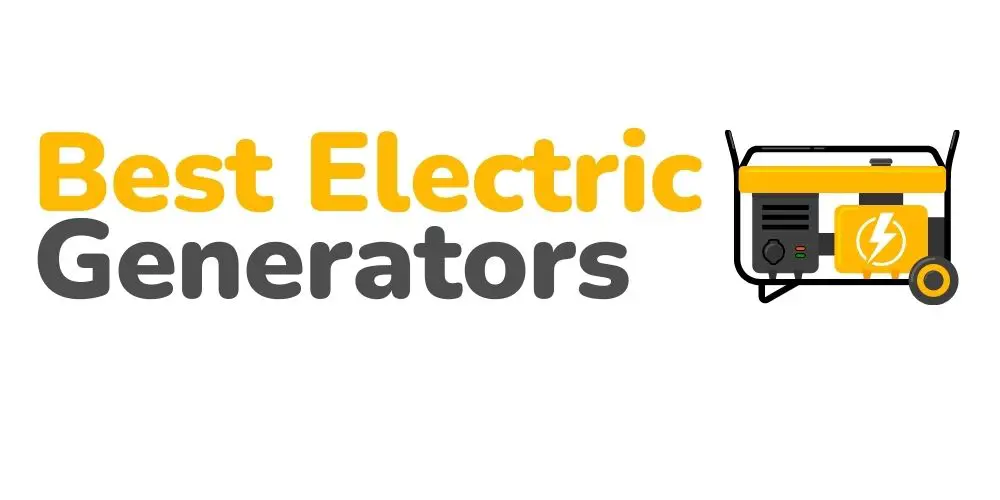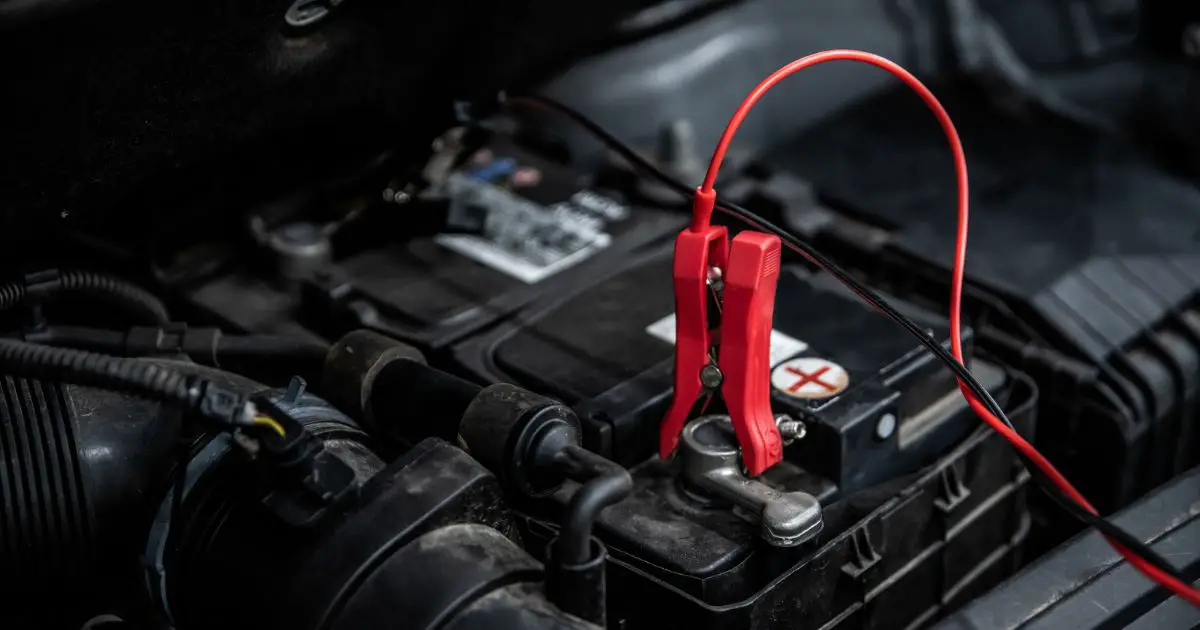Generators help during blackouts by providing backup electricity. If you are facing a blackout, then take out your generator from storage and start it.
If you want to connect the generator to your home, there are many options. You can either connect it to specific appliances through extension cords. Or connect it to the home grid using a transfer switch.
But one uncommon and dangerous method that homeowners unknowingly use is through a wall socket.
In this article, we’ll explain why plugging a generator directly into a wall socket is dangerous.
Why Not Plug A Portable Generator into A Wall Socket?
When the plug from the portable generator is inside the wall socket, it will bypass the circuit breaker that saves your house’s wirings. The electric appliances in your home are then open to overload or short circuits. If there is a problem of overload, your house’s appliances can fry up. The wiring in your home could overheat and start a fire.
When the power comes back, and if you haven’t switched off the main switch. It can damage your generator. Because the generator has a gasoline tank that is filled with fuel. Your home can also burst in flames.
What Is Backfeeding?
Backfeeding is the flow of electricity in the reverse direction of what it was intended to flow in. There are two main types of backfeeding. They are intentional backfeeding and unintentional backfeeding.
Intentional back-feeding occurs where consumer-generated electricity is legally fed into the primary grid. Wind turbines or solar panels produce this electricity. The electric utility installs an electrical meter that calculates the electricity produced by the consumer. And then gives a subsidy to the consumer.
Whereas in unintentional backfeeding, an electric generator improperly connects to the house’s grid. Generally, a portable generator connects to a wall socket. If the main switch is not close, this energy from the portable generator then goes into the primary grid. If anyone is working on the power grid, this type of back-feeding can be dangerous for them.
Permanent Damage Can Happen:
Backfeeding is dangerous and illegal. It can create a deadly situation for line-workers. Because if the main switch is not shut off, the power can back-feed into the primary grid. And if any line worker is working, it can shock them. If it causes any injury or death to the workers, you can be criminally prosecuted.
It isn’t only dangerous for line workers; it can damage your electric appliances too. Electricity from the wall socket isn’t balanced. And since it is an inefficient distribution of load, it puts extra load on the portable generator. The generator can wear out if you do such for a longer period.
If the main grid’s power comes back and you haven’t closed the main switch, it can heat the wires. If you don’t respond on time, these hot wires will catch on fire. There are many incidents where the generator owners were too lazy to shut off the main switch. If the fire is not contained, it can reach the portable generator with a fuel tank that contains fuel. If the generator gets on fire, there is a high chance that the fire hazard will get out of control. And it can burn down your whole house too.
How Do You Hook Up A Portable Generator to Your House?
Apart from the dangerous method of directly inserting into wall sockets, there are two ways you can hook up your portable generator into the house. You can either use an extension or generator cord or a transfer switch to connect your generator.
If you have a smaller portable generator and you are facing a blackout. You want to use a few appliances such as a refrigerator and lights. Or just the TV for entertainment without putting a load on the generator, then a generator or power cord would do the job. Because if you use the wrong gauge wire, it can be hazardous. Before getting an extension cord, consult the owner’s manual for the gauge and type of cord.
Whereas if you have a mid-sized portable generator and want to power up your house. Using a power transfer system would be the best choice. It is a safer and permanent solution.
A transfer switch is installed near the circuit panel. The main switch transfers the power source from utility to generator.
This is a safer option because the transfer switch won’t allow you to use two different power sources at once. The transfer switch usually contains circuit breakers that can be assigned different loads. For Example, if you want to power your bedroom and tv lounge, you can switch.

Where Do I Plug Generators in My House?
The safest way to plug a generator into your house would be to use a transfer switch.
If there’s a blackout and you are looking for a way to connect the generator to your house, you should first turn off the main switch.
You can safely connect your generator to the plug. It will keep your house grid safe from any hazards.
What Happens If You Put Power Into An Outlet?
If you connect your portable generator to an outlet, the power won’t pass through the circuit breakers. Circuit breakers save your appliances from any irregular voltage. So, your appliances will be prone to damage if there is any irregular voltage.
Not only that, if power comes back on, it can heat the wires. Once these wires get hot enough, they can catch fire.
How Do You Hook Up A Portable Generator To A House Without A Transfer?
There is no safer way to hook up a portable generator to a house without a transfer switch. But, you can use extension cords or generator cords to power up specific appliances. It won’t switch up the fans or light bulbs in your home, as they are hot-wired into the system.
Do You Need An Electrician To Hook Up A Generator?
Yes, if you are inexperienced, you should get an electrician. The electrician will know how and where to connect the transfer switch in your house. How much load can your generator take at once? And what would be the best combination of loads if you want to use your generator efficiently.
How Much Does It Cost To Hook Up A Generator To My House?
If you want to hook up a generator to your house permanently. Then installing a transfer switch is the most convenient method. A transfer switch costs from 300$ to 700$ depending on the type you’re getting. And if you want to hire an expert to install it, 300$ to 500$ can be the expenditure.
Can You Install A Generator Yourself?
Yes. You can install a generator if you are a DIY expert. It would be cheaper to install the generator yourself than hiring an electrician. To legalize it, you’d need permits that can take time and visits from officials to get approval.
Conclusion
The generator can be plugged into your house by using different methods. Most homeowners tend to use the unsafe method, which is a rather lazy solution. They directly hook up their generator into the wall socket, posing a threat to their appliance and lives.
That’s why we have mentioned relatively safer solutions in this article that can keep you safe. One solution is to use an extension cord that will power limited appliances at your home, like a refrigerator or a TV.
If you want to use hot-wired appliances like fans or light bulbs. Then transfer switch is the best option. It connects your generator to your home grid through the control panel. It is an expensive but safer method of hooking up your portable generator to your home.



